If you love plants, one of the most frustrating things about living in Canada is the climate. All those exotic tropical flowers and Mediterranean herbs like the cold even less than you do. However, with a greenhouse, you can protect your plants and grow pretty much anything you want, in spite of the climate. You don’t even need a big budget or a huge yard: it’s easy to build a DIY greenhouse and you can also buy a small one that will fit on your balcony or in your living room. Here’s how to build your own greenhouse.
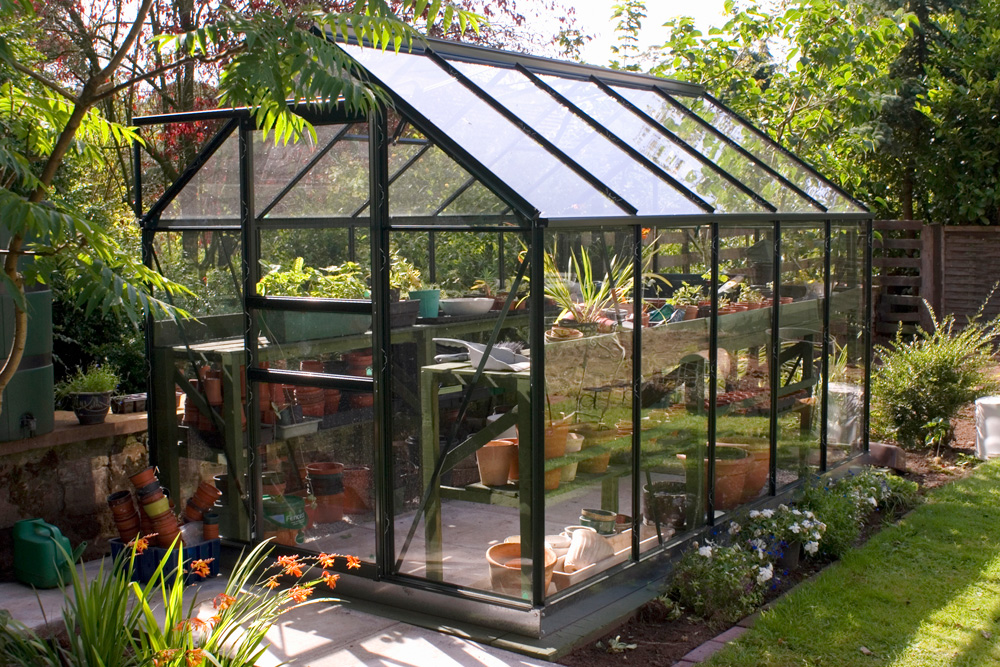
Decide What You Want to Grow
Before you start planning your greenhouse, you first need to think about what you want the greenhouse for. Different plants need different growing conditions and it’s hard to combine these conditions in just one large greenhouse. If you just want to protect outdoor plants from frost and freeze, you’ll need to build a coolhouse that can be temporary. For tropical plants, you’ll need a hothouse with high humidity. Most veggies will need something in between.
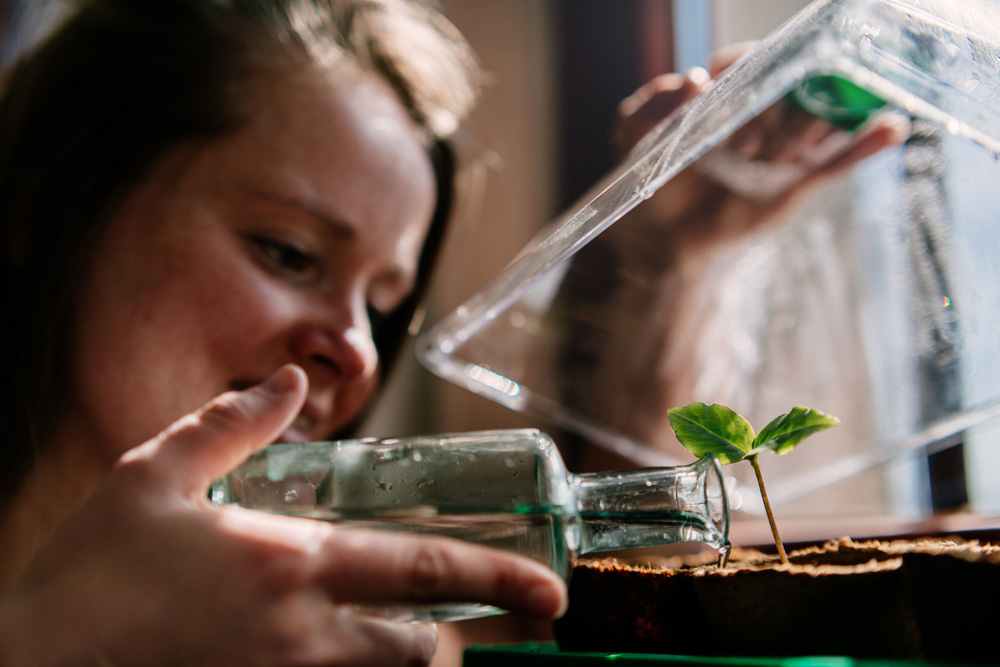
Decide on a Size
One of the most important steps in how to build a greenhouse is to decide how big do you want it to be. This really depends on how much space you have and what you want to grow in it. For a decent veggie and herb garden, you’ll need a large greenhouse in your backyard. For one small plant, you can get away with a mini indoor greenhouse as small as a glass jar.

Check the Local Regulations
If you’re going to build a greenhouse outside, you first need to check the local building regulations. It’s possible that the municipality regards greenhouses as outbuildings and that you’ll need a building permit. If you live in a community with a homeowners’ association, you’ll need to check with them too.
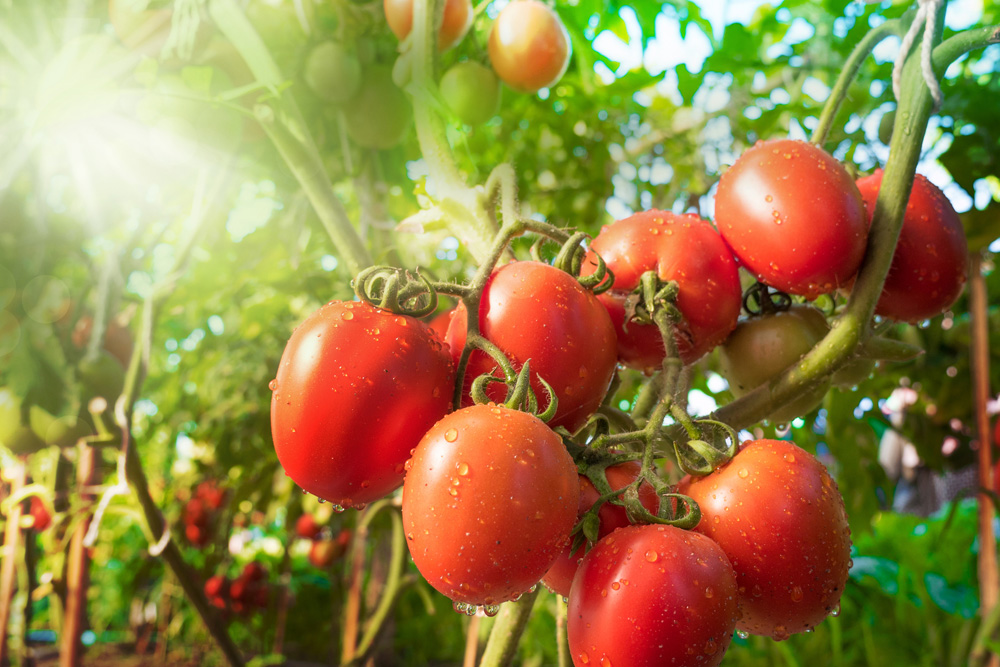
Location, Location, Location
Because the point of a greenhouse is to harness the sun’s warmth to create optimal growing conditions for your plants, you need to build it in a spot where the sun can reach it. Find a spot that faces south or southeast and which gets at least six hours of uninterrupted sun every day.
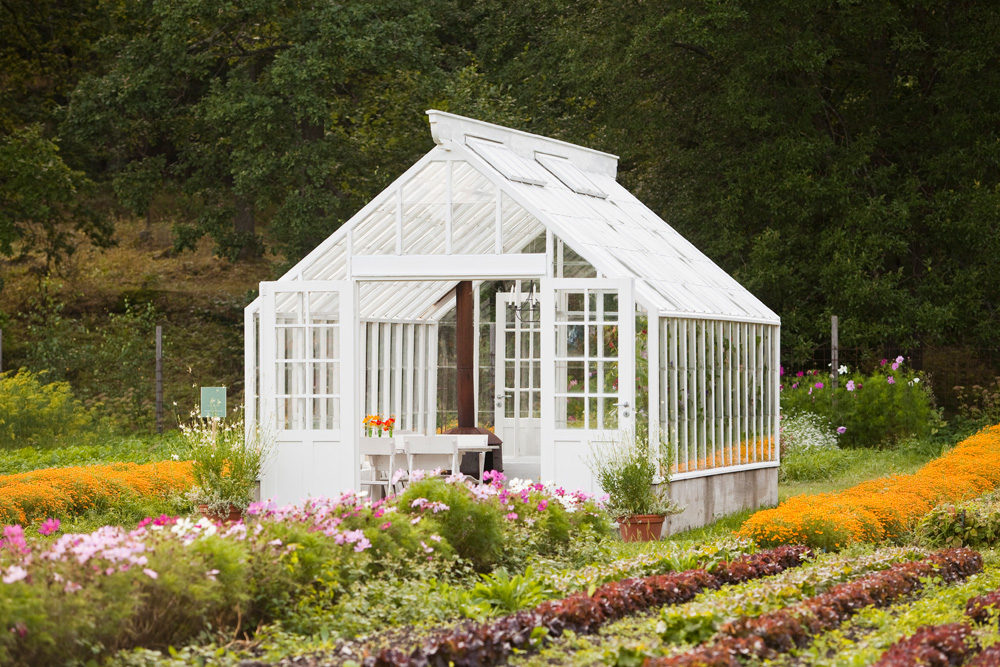
Consider Drainage
If you’re going to build your greenhouse outside, you need to take into account that too much rainwater can damage your plants. You’ll need to build on an even, well-drained area. It will also be useful to have enough space for containers that can catch rainwater from the eaves of the greenhouse so that you can conserve water.
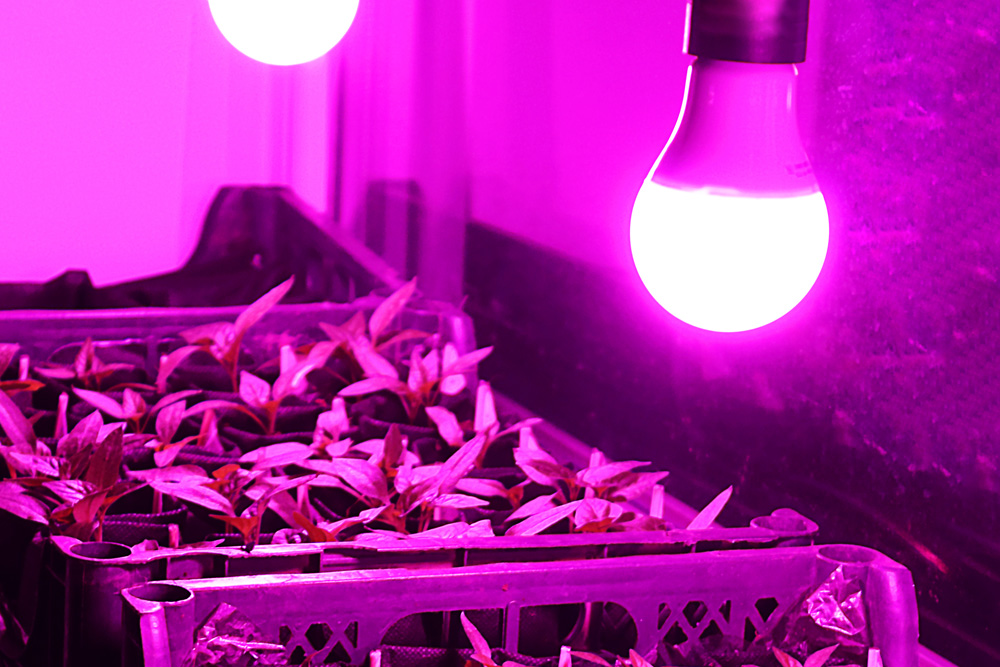
Consider Access to Electricity
Especially an outdoor greenhouse will need access to electricity from time to time to keep temperatures just right for your plants. If you can build your greenhouse close to your house or even as a lean-to structure, you may be able to use an extension cord from the house and save on the cost of having to hire an electrician.
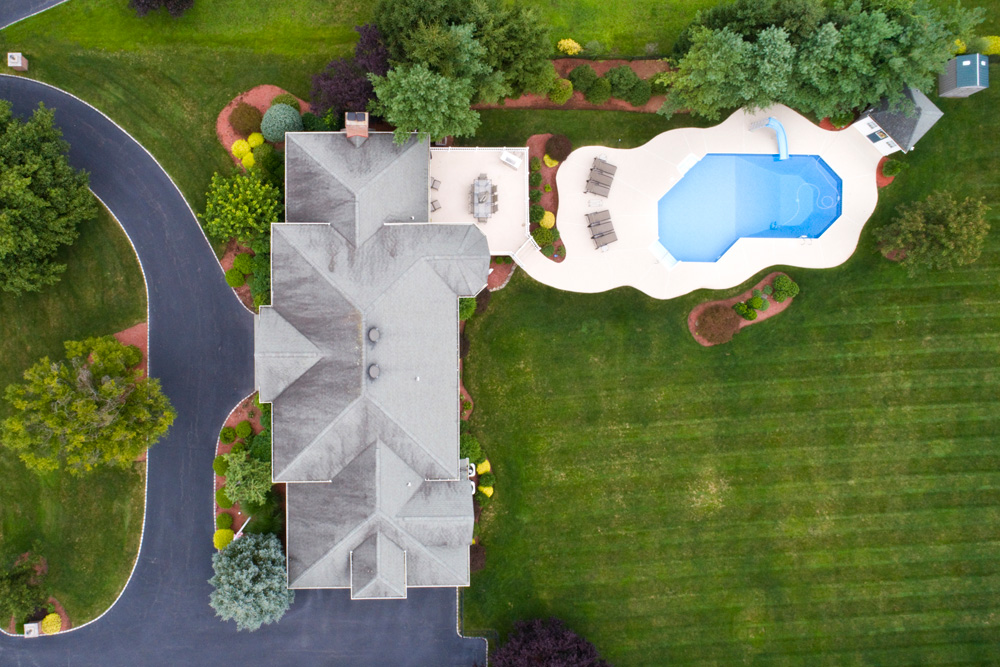
Measure the Spot
Once you’ve chosen a location for your greenhouse, you’ll need to figure out exactly how the big greenhouse will be. To do this, you need to measure the spot. Remember that the cost to build a greenhouse goes up for larger structures.

Consider a Greenhouse Kit
If you don’t have much experience in building things or if you have limited time for building a greenhouse, it might be easier to get a greenhouse kit that includes all the materials you’ll need. You just need to assemble it according to the instructions. However, greenhouse kits tend to be more expensive than just building a greenhouse from scratch.
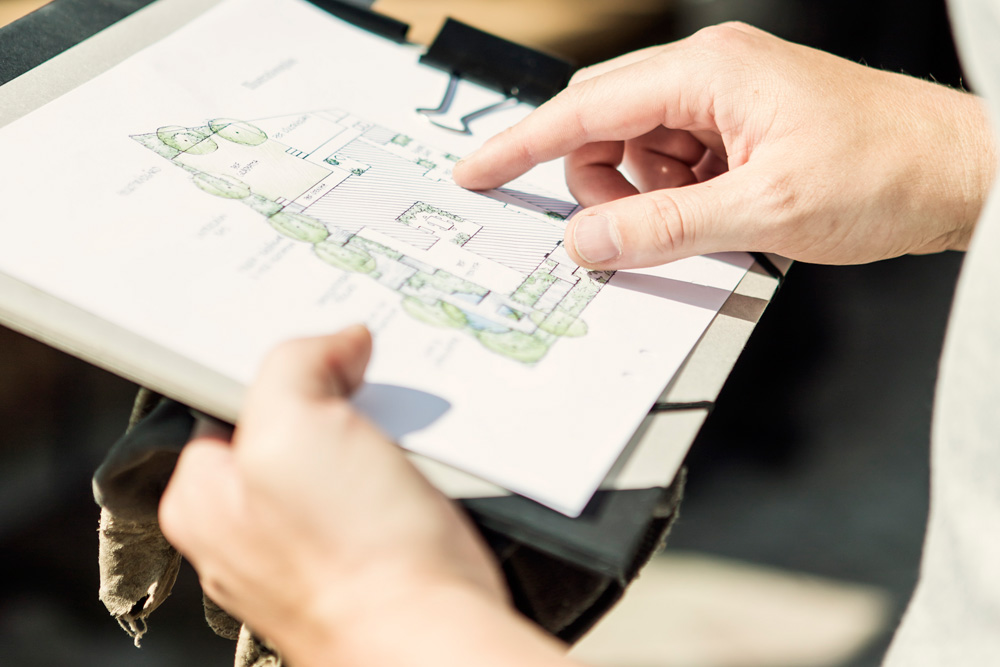
Find a Plan
The right greenhouse can be one of the most beautiful backyard ideas you can have, but you’ll need a proper building plan for it to work. You may also need to submit a building plan when you apply for permission to build a greenhouse. You’ll find plenty of DIY greenhouse plans online and many of them are free as well.
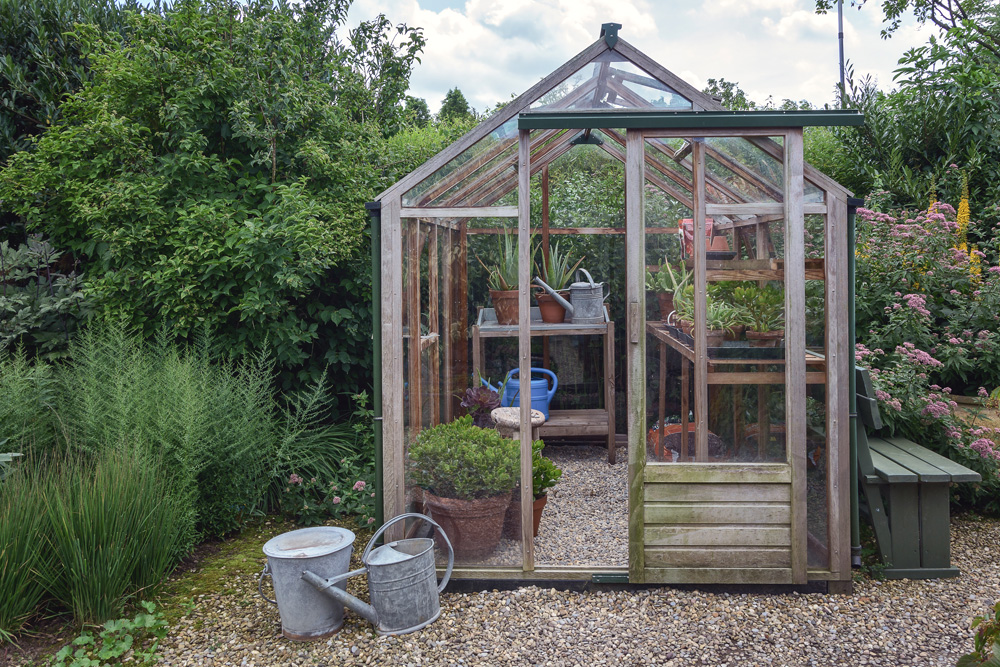
Choose the Materials for the Frame
How to build a greenhouse cheap will very much depend on the materials you choose for the frame. One of the best materials for a greenhouse frame is aluminum, since it’s strong, durable, lightweight and rust resistant. It is more expensive, though. Wood is cheap and easy to work with. For a DIY indoor greenhouse, you can even recycle old picture frames. However, wood is less durable.
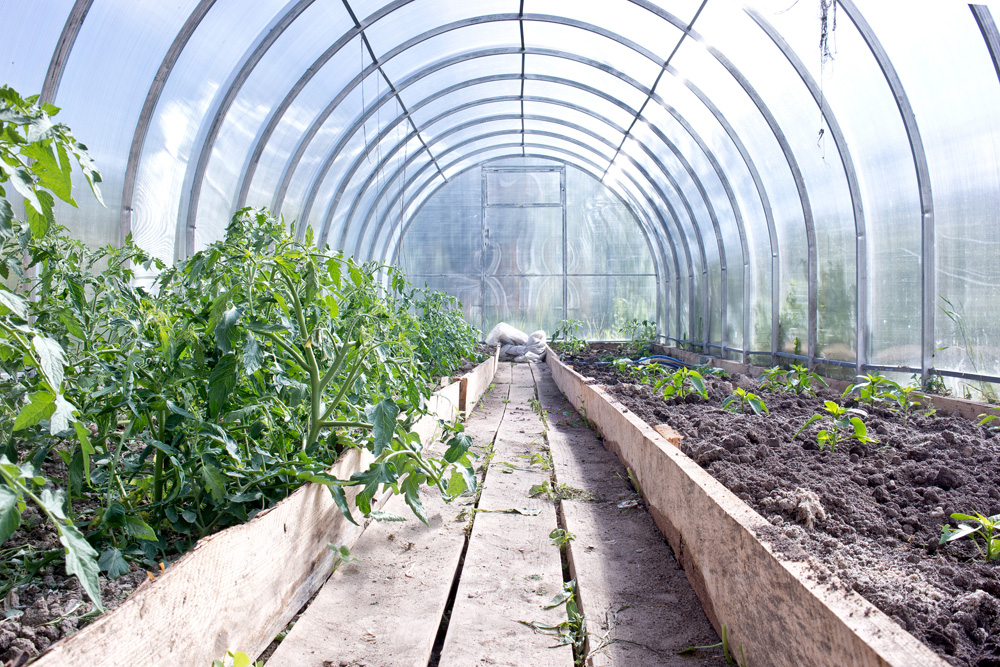
Choose the Materials for the Floor
Your greenhouse will also need a floor to help with drainage and temperature regulation. Plans for how to build a small greenhouse may include instructions for a floor made of wood decking or metal grates. For a large greenhouse, gravel is a great option because it drains well and won’t cost a fortune.
Related: How to Prep Your Vegetable Bed for Winter: Scott McGillivray’s Garden Guide
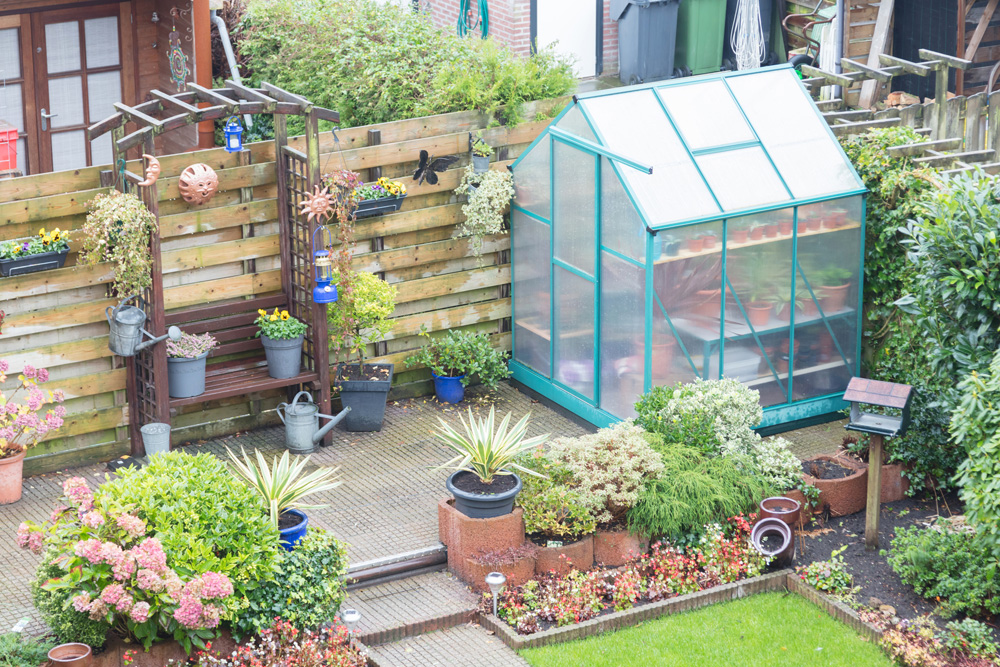
Choose the Covering Materials
When you choose the covering materials for your greenhouse, you need to consider how long you want the structure to last, your budget and the material to choose for the frame. Tempered glass is one of the most durable options but is expensive and heavy, so it’s not really suitable for a wooden frame. Fibreglass loses its transparency over time. Acrylic is a good, durable option. The cheapest but least durable covering material is polyethylene sheeting.
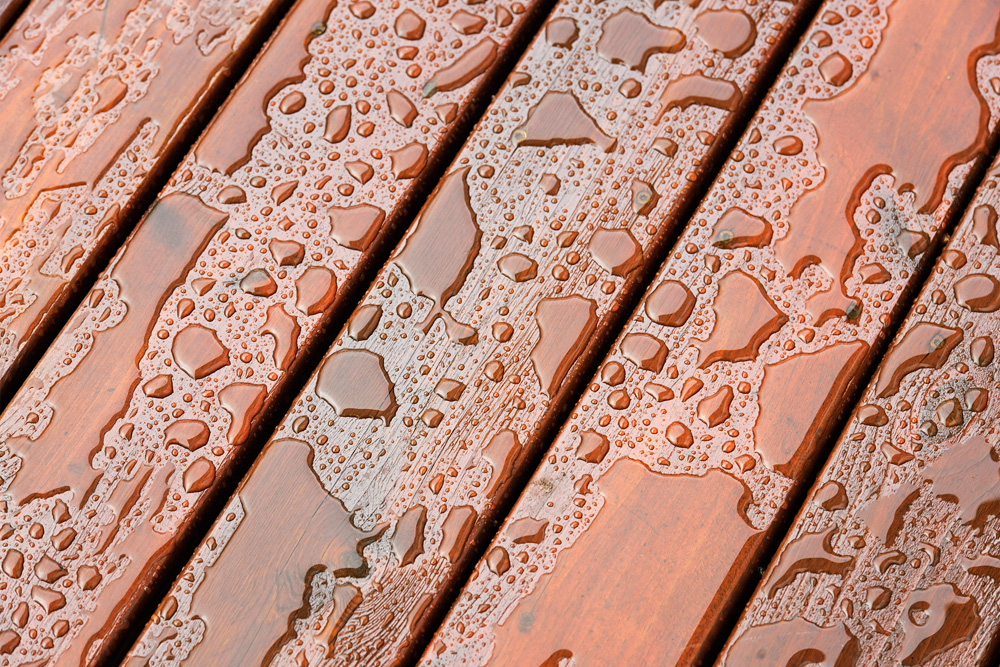
If You Use Wood, Treat it First
If you’re going to use wood for your greenhouse frame, you first need to treat it so that it will last longer. However, research the different wood treatment options first. If you’re going to grow food in your greenhouse, it may not be considered organic anymore if the wood treatment contains certain chemicals.
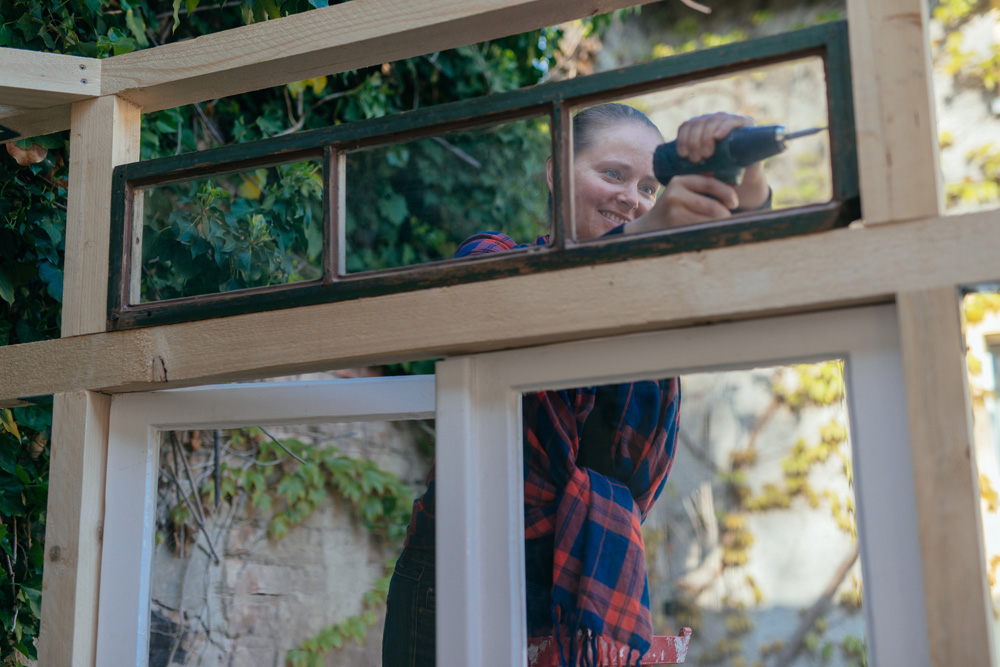
Build the Frame According to Plan
The first step in greenhouse construction is to build the frame. The plan you’re using will tell you exactly how to construct this frame and how to reinforce it to make it stronger.

Install the Floor
Once the frame is in place, you can install the floor. Your greenhouse plan may tell you how to do this. A mini greenhouse can make for one of the most inspiring deck makeovers and you may not even have to build a special floor. For a backyard greenhouse, installing the floor can be a process as simple as pouring an even layer of gravel onto the ground. Concrete is not a good option because it’s expensive, you’ll need professionals to pour it and it doesn’t provide good drainage.
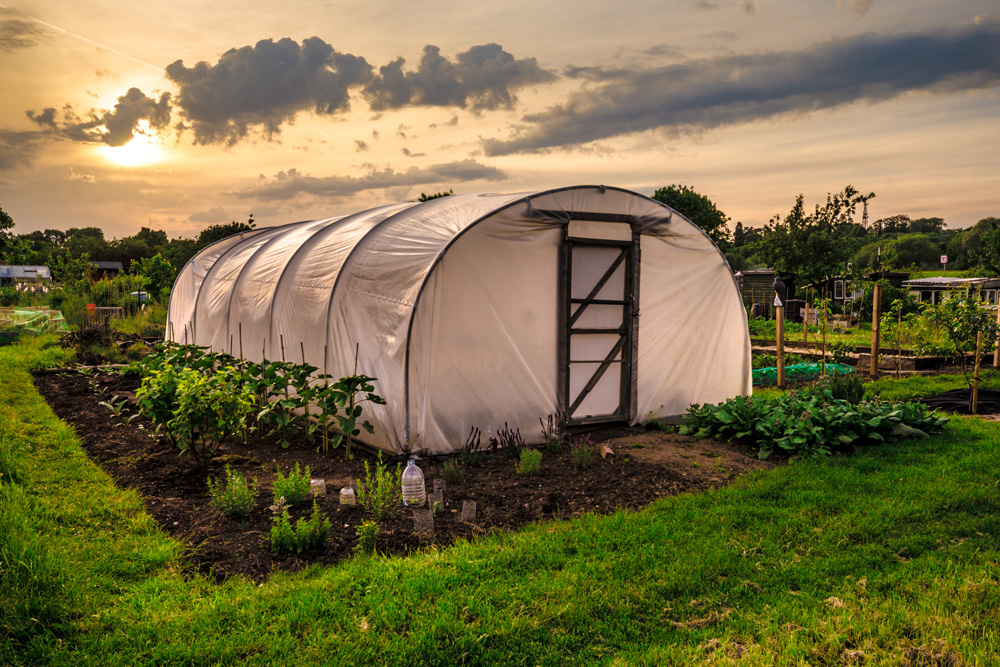
Install the Covering
The steps for installing the covering will depend on the materials you’ll be using. Whichever covering materials you use, though, it’s important to take your time to seal the covering to the frame and foundation. It’s easier to control the temperature in a well-sealed greenhouse.

Take Care of Ventilation
Ventilation is very important. Good air flow will help to control the temperature inside the greenhouse and to ensure that all the plants inside the greenhouse get the right amount of carbon dioxide. You can install adjustable vents in the ceiling or near the top of the supports of your greenhouse. Another option is to place fans strategically inside the greenhouse.

Install Heaters
Especially for a large, backyard greenhouse, you’ll need to install heaters to keep the interior warm enough during the winter months, when solar heating is insufficient. An electric heater is an easy option but is not exactly one of the easiest ways to make your home more energy efficient. If you decide on a wood- or oil-based heater, make sure it’s well-vented to prevent carbon dioxide poisoning.
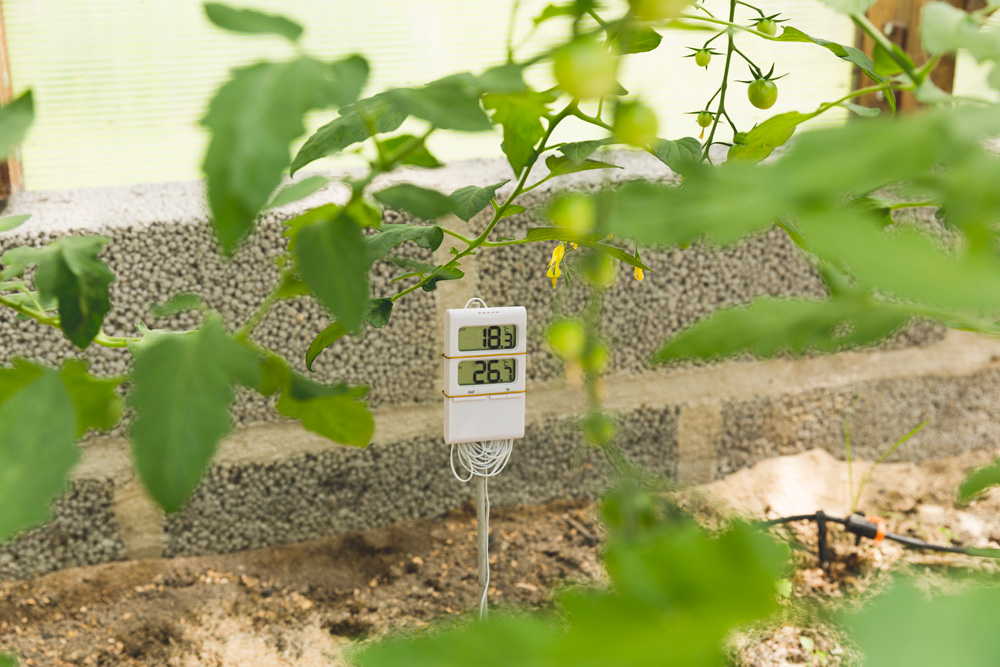
Install Thermometers
You’ll need to monitor the temperature inside your greenhouse to make sure it remains even. Instead of having just one thermometer, though, it’s better to have several different ones placed at different levels. This way, you can see if you need to adjust the ventilation.
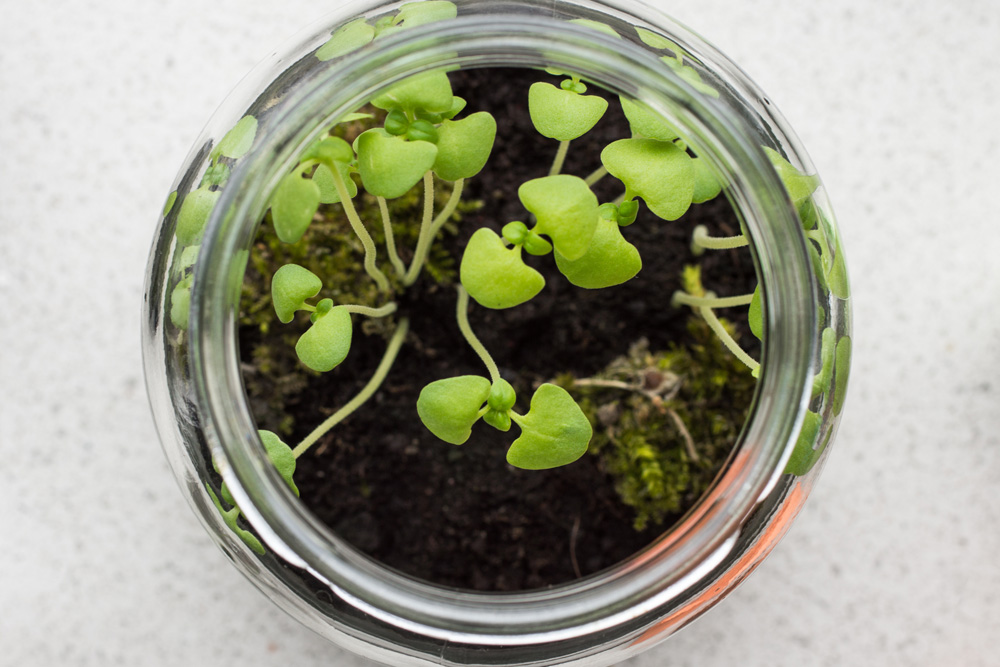
Use Glass Jars for Inside or on the Balcony
One of the easiest ways to build a DIY mini greenhouse for indoors or on your balcony is to plant in a large glass jar. You can simply lift the lid for temperature control and ventilation. With a variety of plants in jars of different sizes you can even create an attractive, low-maintenance garden. It’s a good way to grow plants that are plants that are poisonous to children, cats and dogs too because it limits access to these plants.
Home Network your inbox.
By clicking "SIGN UP” you agree to receive emails from Home Network and accept Corus' Terms of Use and Corus' Privacy Policy.




